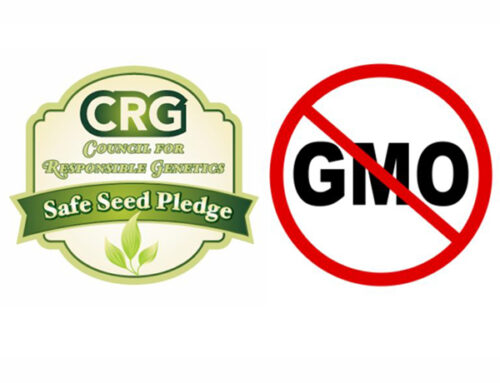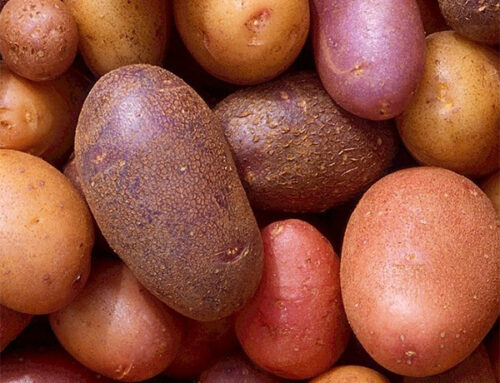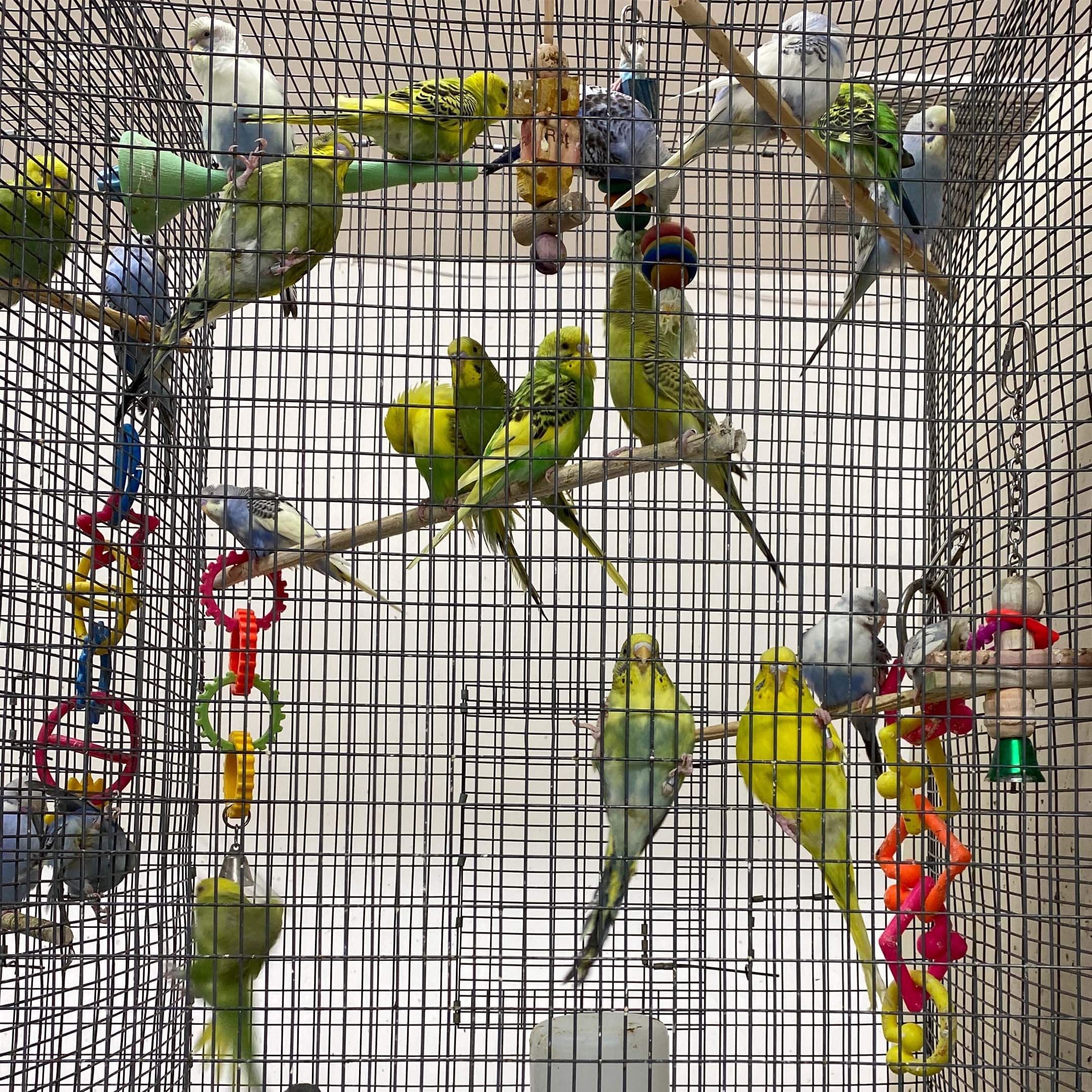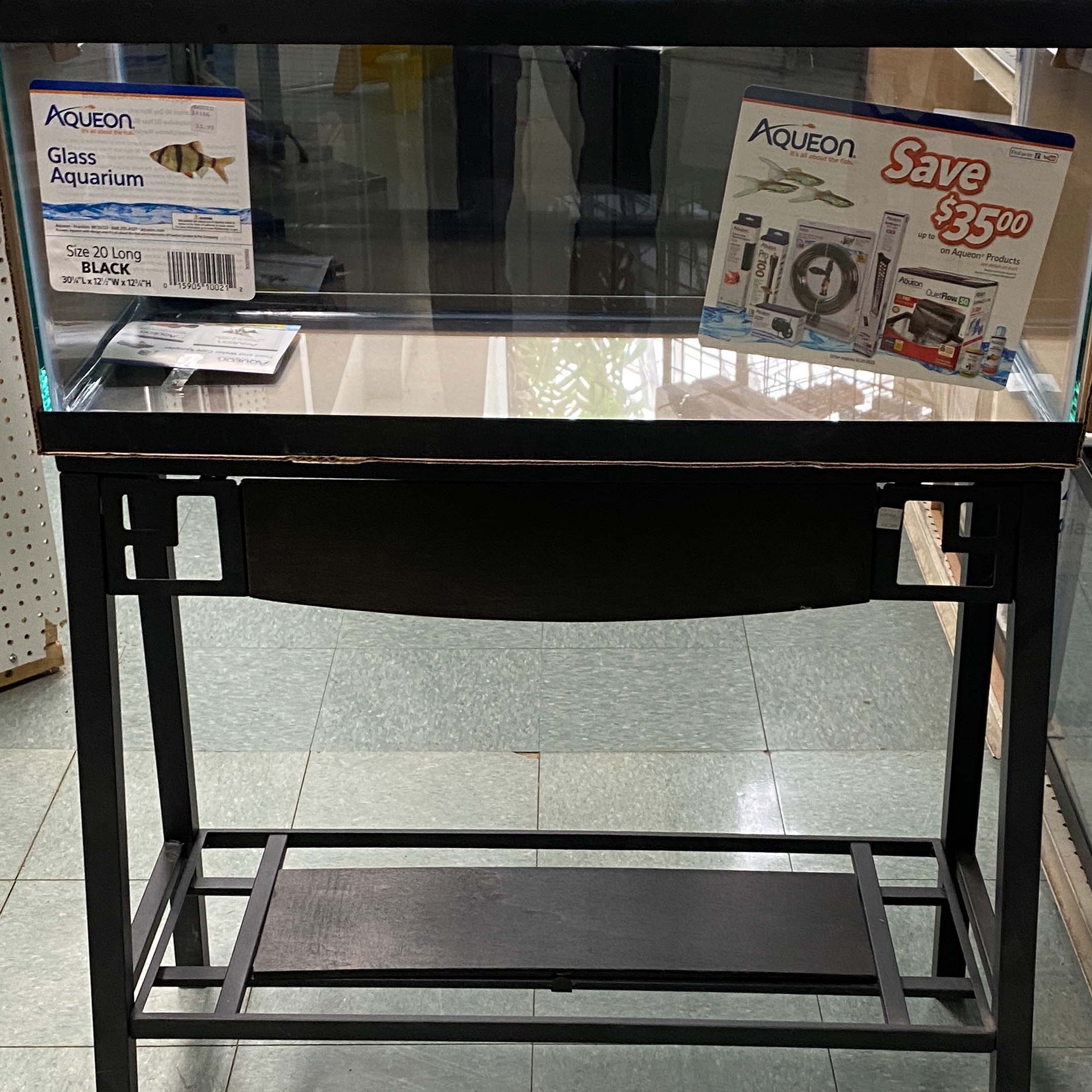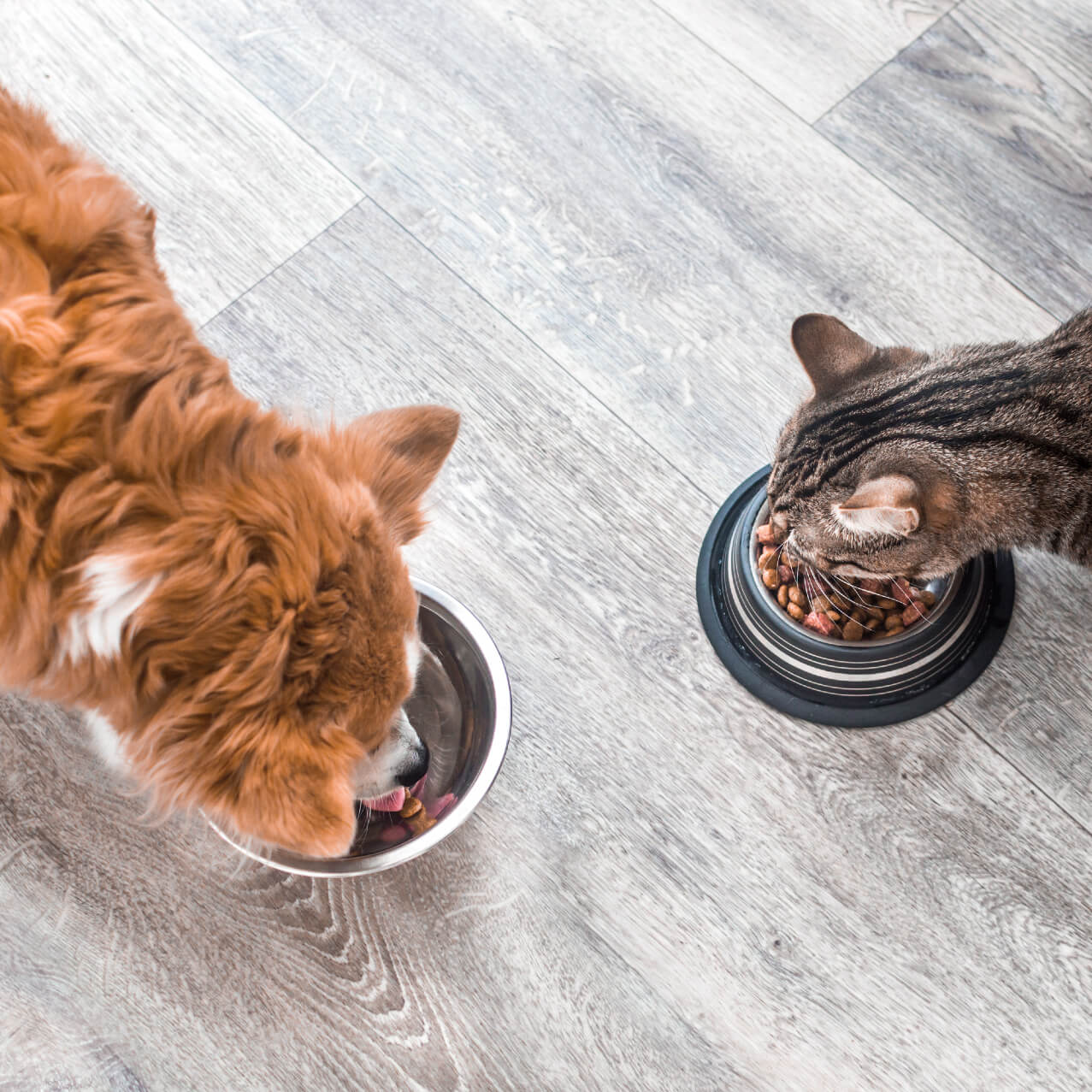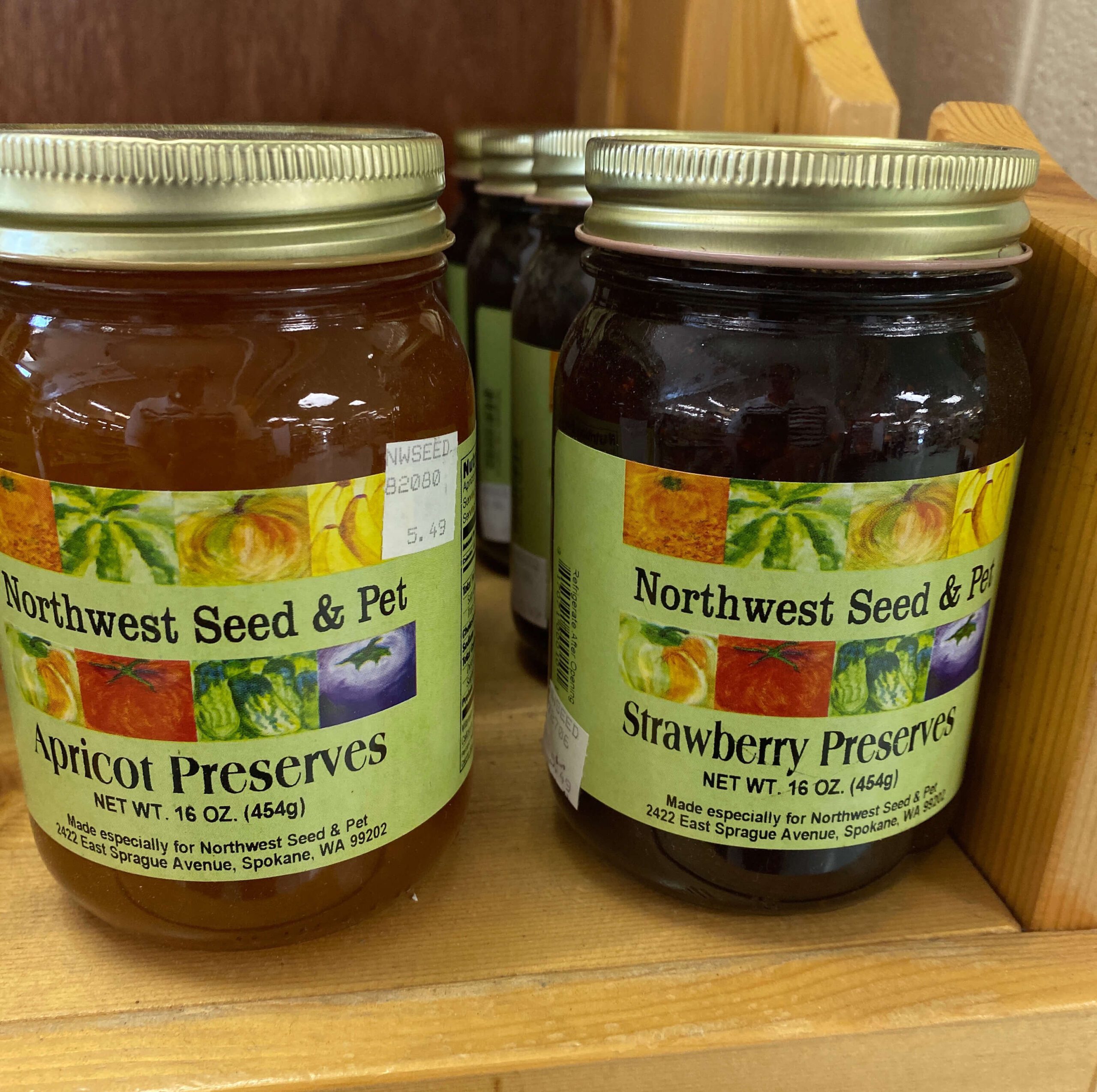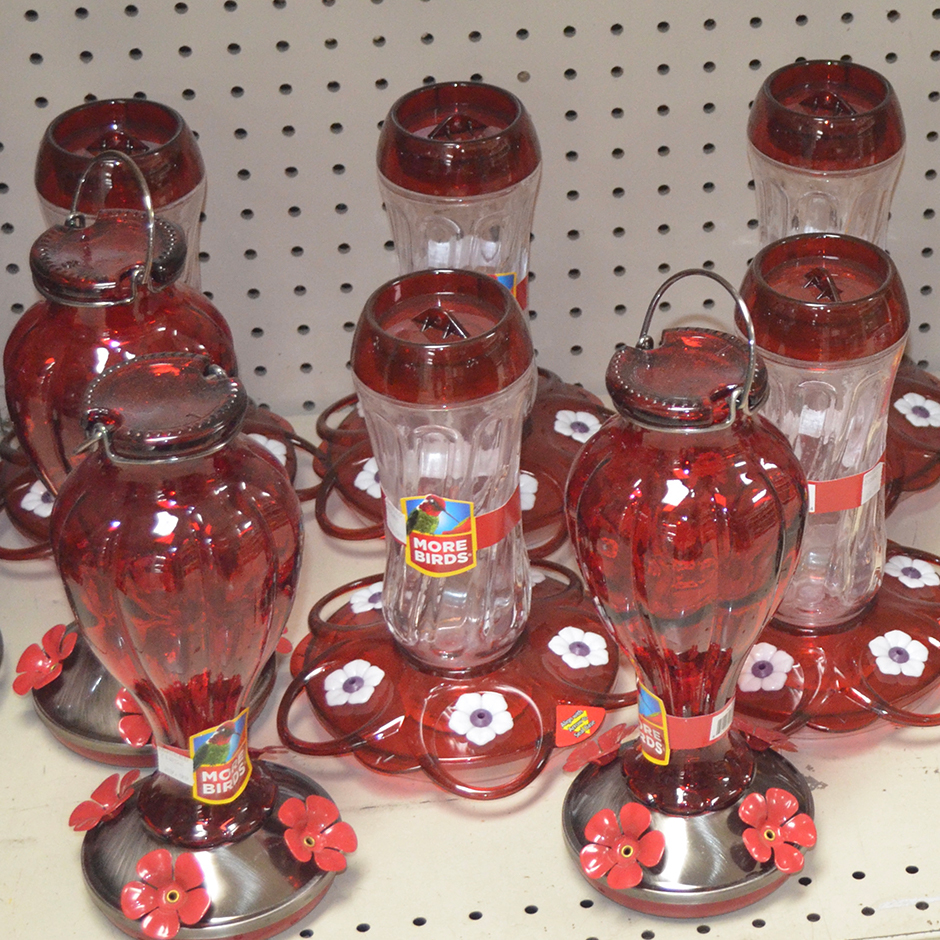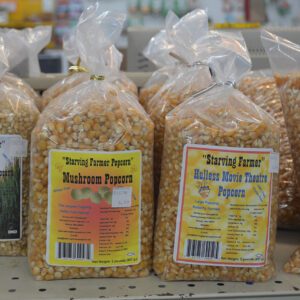Can’t Miss Information About Successful Gardening
Proper soil preparation is important to ensure successful transplanting. Begin preparing the area for planting by clearing weeds and loosening the soil. If the soil is hard to work, it may need to be moistened first and then allowed to drain. (Do not work wet soil!) Dig a hole 2 to 3 times larger than the root ball. Gently loosen the roots before planting, if necessary. Score the sides of the hole with a spade or fork and lightly amend the planting hole by mixing a small amount of compost into the soil at the bottom of the hole. Mix 10% to 25% Eko Compost or Planting Mix with the soil to be returned to the hole. A small amount of fertilizer should be added around the plant as the hole is refilled, we recommend Osmocote®.
Amending the soil
It is important that compost or other organic matter be added to a garden every year to keep the soil alive. We suggest that 2 inches be added every spring and tilled in to a minimum of 6 inches before spring planting. For stubborn soil, add organic matter again in the fall as a mulch for the first few years of a garden.
Garden Areas
Proper preparation of the garden area is vital to the success of annual flower and vegetable beds and for perennial gardens. Here are a few easy steps to ensure a successful garden:
- Lay your garden out before planting. Make sure you follow recommendations on plant spacing and sun requirements.
- Test your soil for pH and nutrient requirements. Consult your local extension agency for testing.
- If necessary, add lime or sulfur to adjust soil pH.
- Spade, fork, or roto-till the garden area. Till as deeply as possible; 6 to 8 inches is ideal.
- Add 2 to 3 inches of compost or planting mix across the garden area.
- Sprinkle in recommended fertilizer to the transplanting hole before inserting plants.
- Water well after planting.
Soil Amending Chart | ||
For 100 Square Feet | Soil Depth | You will need: |
| 6 inches | 54 cubic feet | |
| 4 inches | 35 cubic feet | |
| 3 inches | 27 cubic feet | |
| 2 inches | 18 cubic feet | |
| 1 inch | 9 cubic feet | |
| 1/4 inch | 2 cubic feet | |
1/8 inch | 1 cubic foot | |





